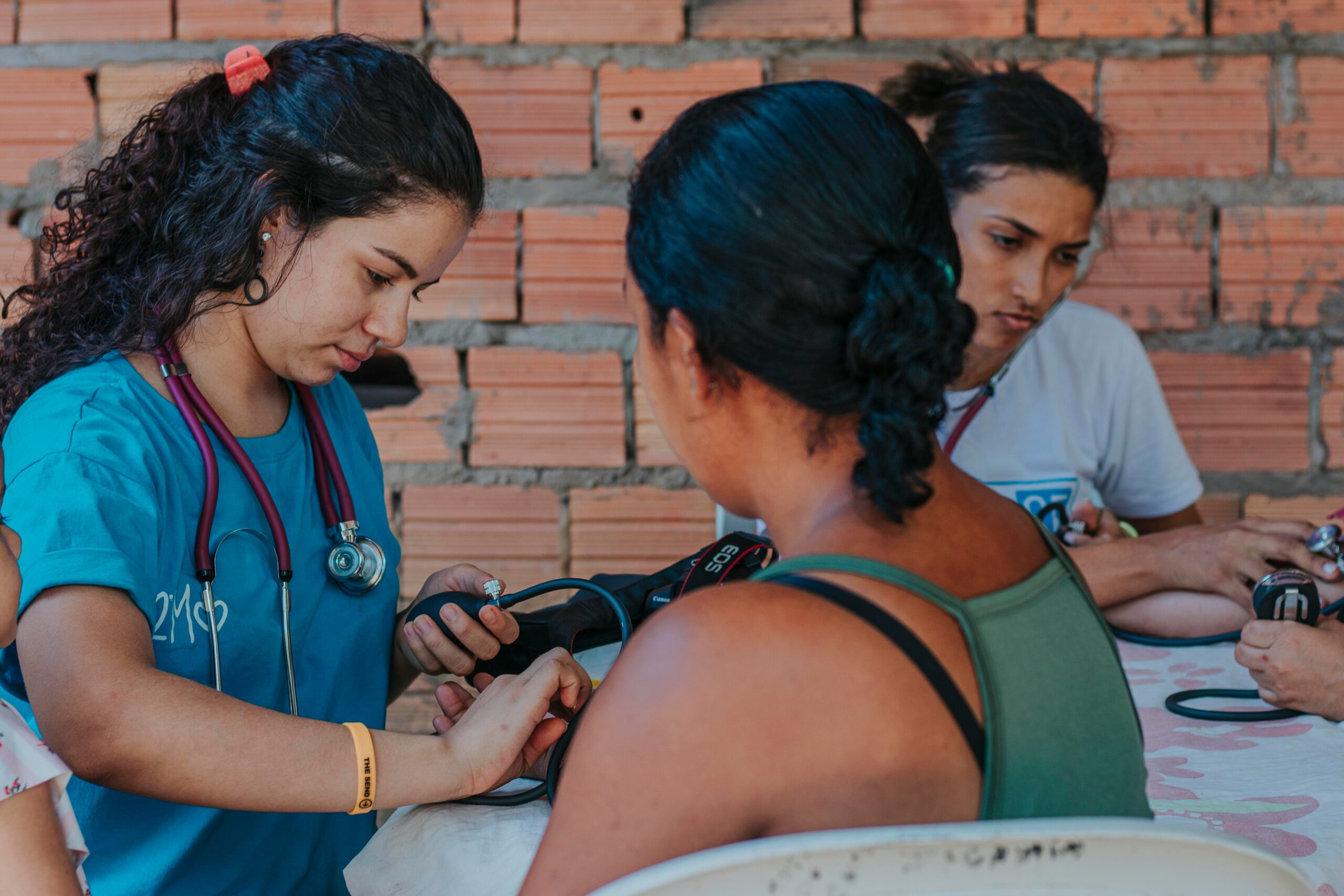
Medical missions are organized efforts by healthcare professionals to provide medical services in underserved regions across the world. These initiatives often take place in areas where healthcare access is limited, infrastructure is weak, or crises such as natural disasters and conflicts have disrupted normal systems. Teams may consist of doctors, nurses, pharmacists, and volunteers who aim to deliver both immediate care and long-term health solutions.
By focusing on regions with critical healthcare needs, medical missions address urgent conditions, prevent disease outbreaks, and strengthen local systems. Although they may last only weeks or months, their effects can extend far beyond the mission’s duration, leaving communities better equipped to manage their health challenges.
Expanding Access to Healthcare
One of the most significant contributions of medical missions is the expansion of healthcare access for vulnerable populations. In many developing countries, communities live hours away from the nearest clinic or hospital. Missions bring medical expertise and essential supplies directly to these areas, ensuring that people receive timely treatment. This can mean life-saving interventions for patients who otherwise might not survive.
In addition, missions often provide specialized care, such as surgeries or chronic disease management, that local systems are unable to offer. By filling these gaps, medical missions not only treat patients but also improve overall healthcare equity. Furthermore, these efforts encourage governments and organizations to invest in long-term improvements, knowing that immediate needs are being met.
Addressing Global Health Challenges
Medical missions also play a vital role in confronting global health threats. From responding to outbreaks such as cholera or malaria to providing vaccines in remote villages, missions act as frontline forces in disease control. Their mobility allows them to reach areas often overlooked by larger institutions, preventing small outbreaks from becoming international emergencies.
Additionally, these missions highlight the interconnectedness of global health. Diseases do not respect borders, and by controlling them in one region, missions help protect populations worldwide. This reality reinforces the importance of continued collaboration among countries, nonprofits, and international agencies.
Building Local Capacity
Beyond direct treatment, successful missions emphasize education and training for local healthcare workers. Short-term aid alone cannot resolve systemic problems; therefore, equipping communities with knowledge and skills is crucial. Medical teams frequently conduct workshops on preventive medicine, emergency response, and the management of infectious diseases.
By working side by side with local professionals, mission teams foster collaboration and knowledge exchange. This approach helps ensure that improvements continue long after the mission ends. In fact, many missions adopt a “train the trainer” model, empowering local leaders to share their expertise with others in their community.
Ethical Considerations and Sustainability
While medical missions bring undeniable benefits, they also raise important ethical questions. Critics argue that short-term missions may unintentionally create dependency or provide care without enough cultural sensitivity. To avoid these pitfalls, organizations must prioritize sustainability and respect for local customs.
Efforts should align with the long-term goals of the host country, focusing on strengthening systems rather than replacing them. Transparency, accountability, and collaboration with local authorities are essential to ensure that missions contribute positively without undermining existing structures. When done thoughtfully, missions can strike a balance between immediate relief and sustainable progress.
Looking Toward the Future
The future of medical missions depends on evolving strategies that blend compassion with practicality. Advances in telemedicine, for example, are making it possible to support local practitioners remotely, expanding the reach of missions even after teams return home. Partnerships between governments, universities, and non-governmental organizations are also growing, creating stronger frameworks for global health cooperation.
Ultimately, medical missions are about more than treating illness; they represent solidarity, hope, and a commitment to human dignity. By addressing urgent needs while fostering long-term development, they continue to play a critical role in shaping a healthier and more equitable world.